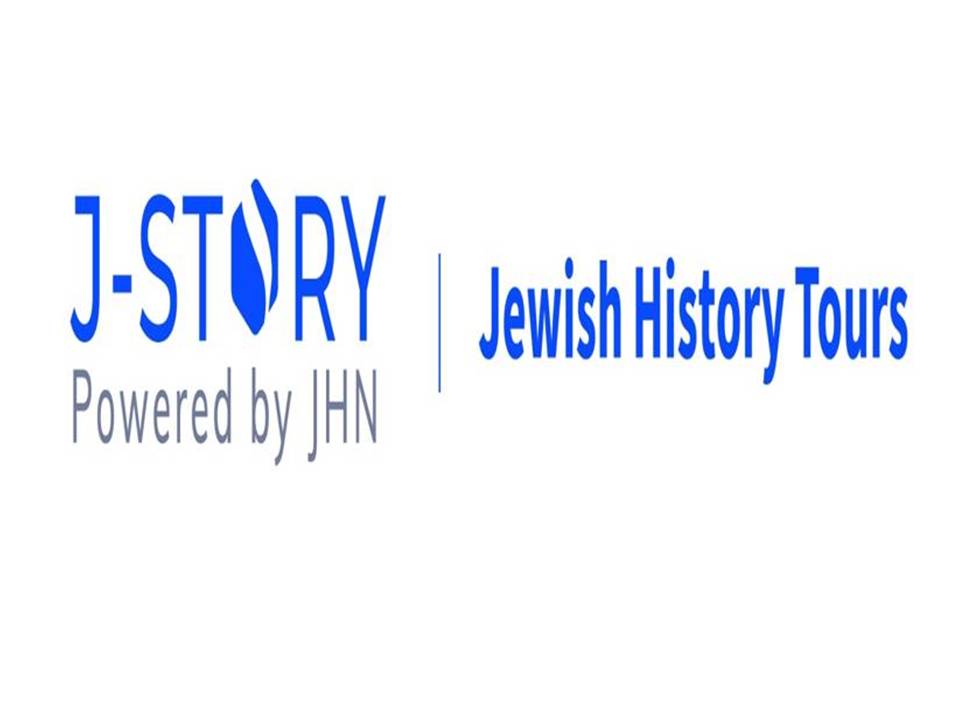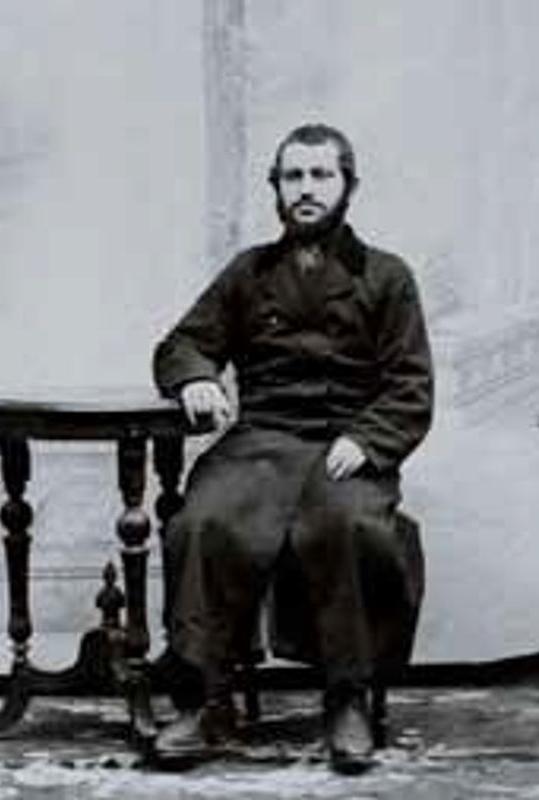Jews in Krasnystaw - Until 1918. - Since at least the late 15th century. The town was visited by Jewish merchants, while the oldest surviving record of a Jew (Abraham) living in Krasnystaw dates back to 1453. In 1554. At the request of the city government wishing to limit Jewish competition in trade, the city was granted the De non tolerandis Judaeis privilege by King Sigismund Augustus. In 1584. King Stefan Batory confirmed the privilege prohibiting Jews from settling in the city, but allowed them to purchase and build houses in the suburbs of Krasnystaw (Grobla, Zakręcie, Zastawie, Góry, Zadworze, Krakowskie Przedmieście). There was no separate municipality in Krasnystaw, and local Jews were subordinate to the municipality in Gorzków. In 1664 and 1774. Prohibitions were issued against Jews running craft businesses in the city, but they were probably not strictly enforced. In 1761. The trial of Jews from Wojslawice accused of ritual murder took place in Krasnystaw. The ban on Jewish settlement in the city was maintained by the Austrian authorities and only after the fire of 1811., in order to stimulate the economic development of Krasnystaw, Jews were allowed to acquire houses and squares in the city and to conduct business freely. Although the ban on Jewish settlement was officially lifted in 1824., attempts to settle Jews in Krasnystaw were, however, effectively stymied by the Christian townspeople until all restrictions were finally lifted in 1862. Probably in the first half of the 19th century. At a distance of about 1 km from the market, on the road leading towards Chelm, a cemetery was marked out. In 1843. The Jewish District of the Krasnystaw Rural Municipality was established, which included about 50 families, living mainly in Zadworz.In addition to the cemetery, local Jews already had a synagogue and a mikvah. Since the 1860s. The local community grew rapidly in terms of demographics. Jews owned houses in the center, on streets: Zamkowa, Rzeznicka, Koszarowa, Poniatowskiego and Czysta Streets, as well as outside the city walls - at: Zamojska, Rejowiecka and Mostowa streets. Probably in the late 19th century. A second synagogue was built north of the market.Their main source of income was trade and crafts. Several Jewish entrepreneurs owned small industrial plants.Interwar period - The following synagogues were under the management of the community: the so-called "synagogues". Great and Lesser - "On the causeway", mikveh, ritual slaughterhouse and cemetery. There were also four private beit ha-midrash in Krasnystaw alone, while five more operated in villages subject to the local municipality: Żdżanne, Zagroda, Siennica, Łopiennik Górny and Łopiennik Dolny. Jews ran numerous stores, craft workshops (tailoring, shoemaking), two letterpress stores, a photography shop, a barber shop and several larger businesses, including.: beer bottling plant, grain buying, mills and bakeries. In 1906. at pl. A Jewish bookstore was established in Cerkiewny.In the local elections of 1919. There were four representatives of the Jewish community on the city council. The Aguda, headed by Abram Stok, enjoyed the greatest popular support. In 1926. Branches of several Zionist parties were established in Krasnystaw, including. Zionist-Revisionists, as well as a cell of the Bund and the Communist Party of Poland. There were youth Zionist organizations: He-Chalutz ha-Mizrachi, He-Chalutz Pioneer, Beytar, as well as Jewish labor unions: the one formed in late 1917. The Union of Tailors and Shoemakers of the Jewish Faith, comprising 40 craftsmen, the Central Union of Jewish Craftsmen in Poland, the Clothing Industry Union, the Union of Non-Factory Workers and the Society for the Propagation of Professional and Agricultural Labor "Ort." Since 1926. Kupiecki Bank Kredytowy (Merchant's Credit Bank), whose chairman was Yitzhok Zygelszyper, operated, in 1927. while the Jewish People's Bank, managed by Shmuel Perelmuter, was established. The Mutual Credit Society and the charitable association "Bruder Hilf " (Brotherly Aid) provided interest-free and short-term cash loans. In 1932. There were six cheder schools in Krasnystaw, which were attended by a total of 73 boys.Jewish children also studied in the state common school. In 1913. Milci Cypkevich's School of Cutting and Sewing and the Model Wicker Workshop, run by Bencjon Klepfisz, were opened. Among the cultural and educational organizations were the "Jawne" Cultural and Educational Association, and the Sakharov Library. I. L. Peretz, operating under the auspices of Zionist organizations.
1. Krasnystaw - Centrum miejscowości
Stories
Krasnystaw - the center of the village
Jewish History Tours

Powered by Clio Muse Tours
Powered by Clio Muse Tours
